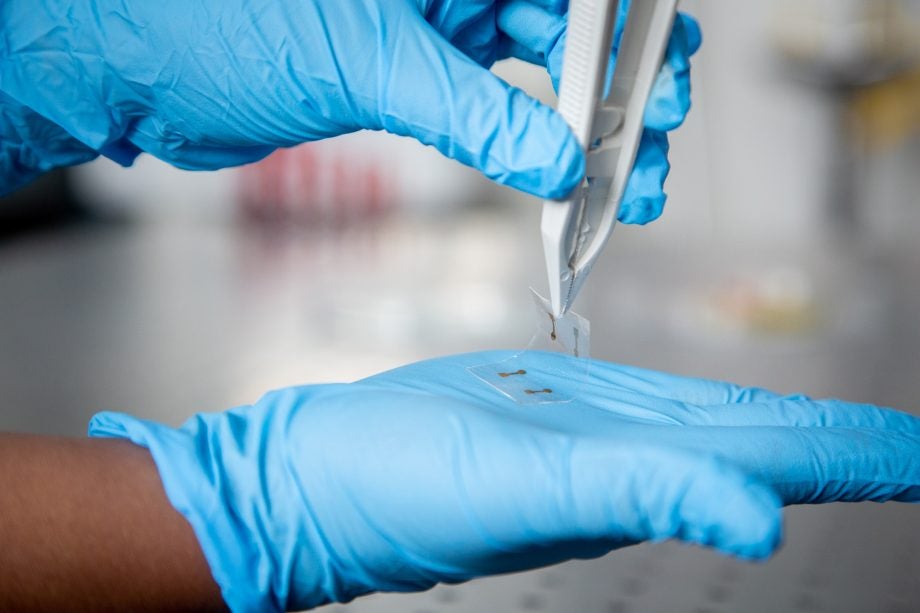We might finally get some decent foldables thanks to a screen technology breakthrough

Researchers have created an ultra-thin, ultra-flexible screen material that’s so bendy it can be rolled up into a tube. Could this pave the way to decent folding phones?
The material itself is actually just a thinned down version of indium-tin oxide, which is already widely used in screen production. But now scientists have created a new version of this stuff by adopting a “liquid printing approach,” which basically means they heated up the material then spread it over a surface to make it super-thin.
It’s so thin, in fact, that it’s 100 times slimmer than current touchscreens – it’s essentially a 2D version of the previous 3D material.
Related: Hands on with the folding Dell Concept Ori
Because of its super-skinny nature, the material doesn’t have the brittle characteristics of the bog-standard indium-tin oxide. Instead, it’s bendy, twisty, and less easy to break.
This could mean that we see the material in future iterations of foldables, but it could also have a knock-on effect on other phone elements too.
“Turning [the material] two-dimensional makes it more transparent, so it lets through more light,” said Dr Torben Daeneke, an Australian Research Council DECRA Fellow at RMIT. “This means a mobile phone with a touchscreen made of our material would use less power, extending the battery life by roughly 10%.”
Currently, creating touchscreens is a bit of a tricky business. It costs a fair amount of money and it’s a long, slow process too. But this new material means that phone screens could be printed and rolled out, like newspaper production.
“You could make it far more cheaply and efficiently than the slow and expensive way that we currently manufacture touchscreens,” said Daeneke.
Read our Samsung Galaxy Fold review
Although the material is already compatible with current touchscreen phones, it might be a while before we see the new type of screen rolled out across the market. The researchers are currently pushing through a patent for the technology.


